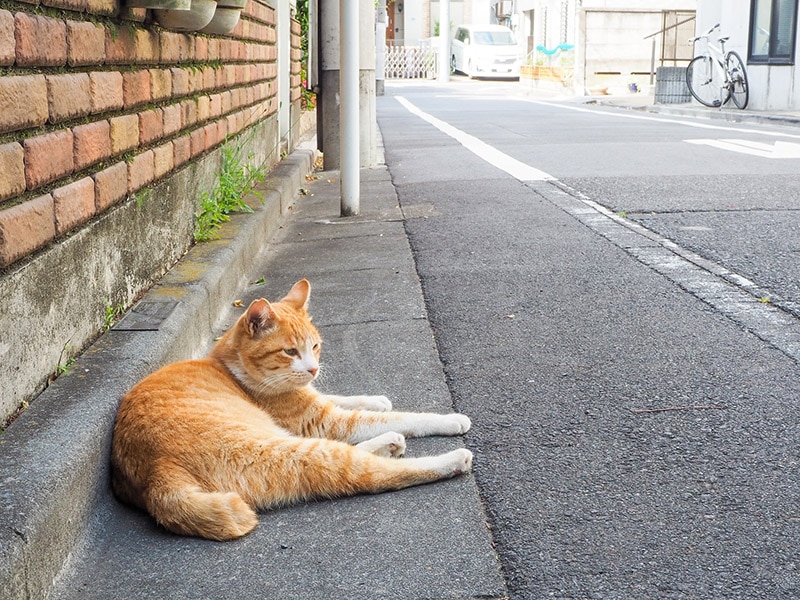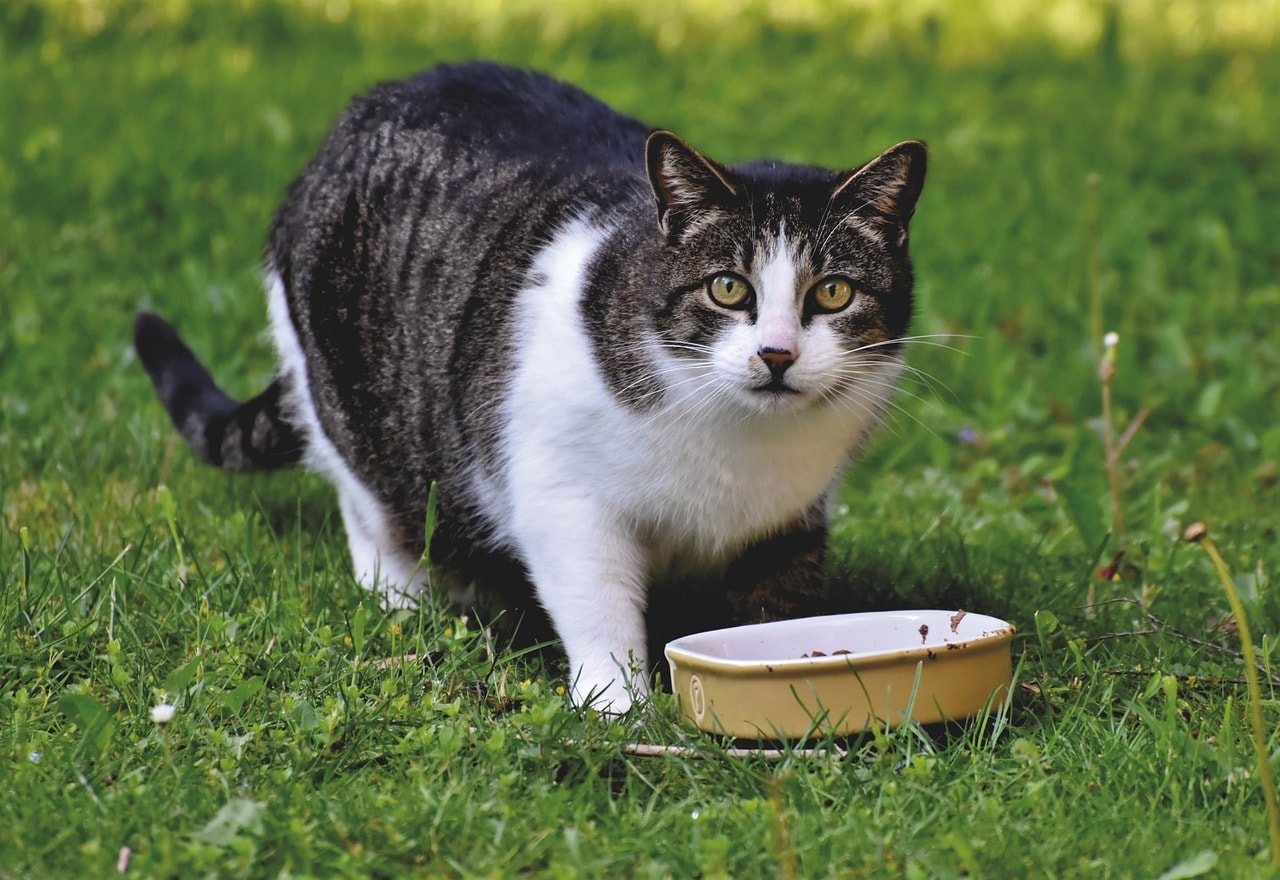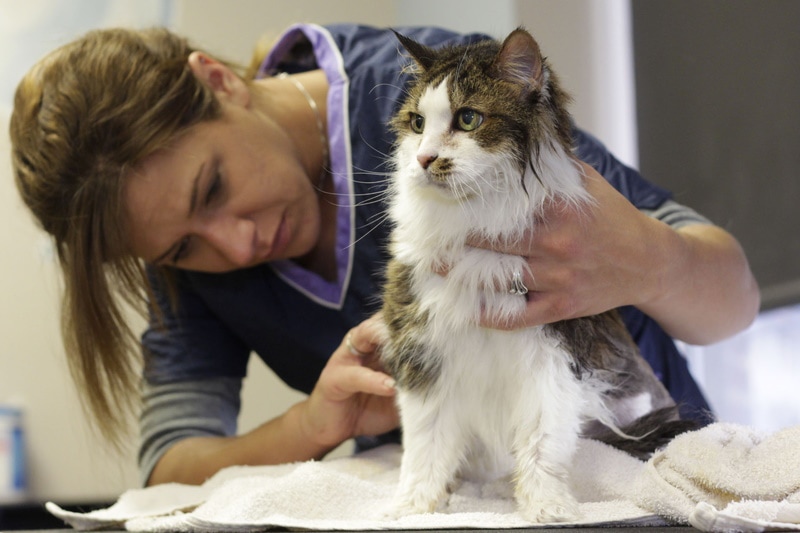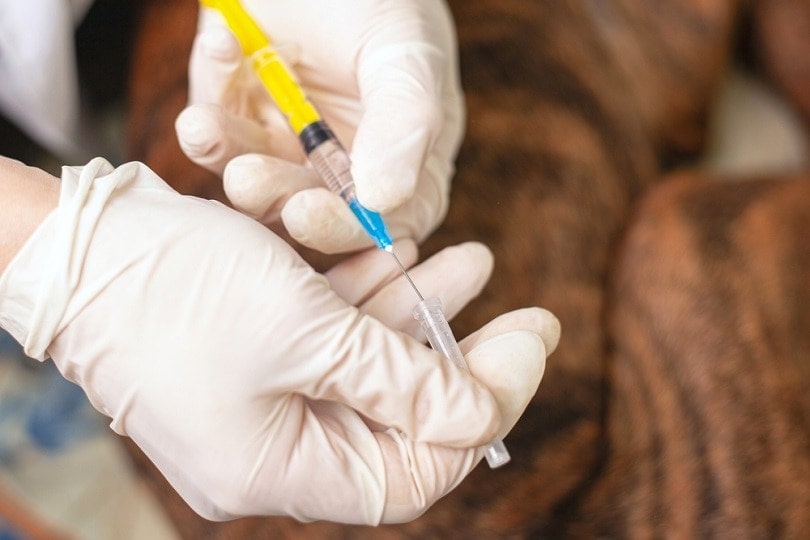What Are Community Cats? Facts & FAQ
Updated on

Click to Skip Ahead
Have you ever heard the term “community cat” but have no idea what it is or what it means? If so, you’ve landed on the right spot for an explanation. The term “community cat” refers to a cat living outdoors with no owner, and these cats typically stick together with fellow community cats or colonies. These cats are free-roaming and come and go as they please. Another term you may be more familiar with is “feral cats,” which community cats are essentially the same.
Read on to learn more about community cats and what you can do to help these homeless felines.
How to Tell if a Cat Is a Community Cat
It’s not uncommon for a house cat to get out and explore, but that doesn’t make the feline a community cat. So, how do you tell if a cat is, in fact, a community cat? Community cats are domesticated cats that do not have an owner. These cats are generally skittish and shy away from humans. However, some community cats are open to human interaction and will utilize any resources people may provide, such as food and outdoor shelter.
If you see a cat outdoors with a collar, it is not a community cat. Community cats may also look shabby and dirty compared to indoor cats.

Where Do Community Cats Live?
You can find community cats in heavily populated areas where people live and work. Community cats residing in densely populated areas normally have access to food and shelter because most people are so kind as to leave food out for them. They can also take refuge under a car, a carport, or other accessible areas.
You may also find community cats in rural areas, generally called barn cats. They may be social or skittish, but they typically take up residence due to having shelter and food, and they provide excellent pest control.
Does Anyone Take Care of Community Cats?
Community cats may or may not have a caretaker. A community cat caretaker will supply the cat with food and may even take the cat for vaccines and have the cat spayed or neutered. A community cat will most definitely stick around a home where food and shelter are available. In fact, it’s estimated that 10–12% of the American public provides food for community cats.

How Can I Help Community Cats?
An estimated 3.2 million cats enter shelters each year, with some being euthanized due to overpopulation. In actuality, community or feral cats are content with living outdoors on their own or with other colonies as long as they have food and shelter, so there’s no need to take these cats to a shelter—they have a better chance on their own than in a shelter where euthanasia is possible.
A spectacular way to help community cats is to participate in your local TNR (trap-neuter-release) program. TNR is a humane way to get these cats vaccinated for a healthier life. So, how does the program work?
Let’s take a look:
- A humane box trap is placed in the area where a community cat hangs around.
- Once caught, the cat is taken to a local veterinary practice for spay/neuter and to receive vaccinations, including a rabies shot.
- The tip of the left ear (sometimes the right ear) is clipped under anesthesia to indicate the cat has been through the program, causing the cat no pain. This procedure is known as ear tipping.
- Once fully recovered, the cat is returned to the same spot where it was captured (this is important because it helps the cat remember where resources are).
What Are the Benefits of the TNR program?
Studies show that the TNR program helps keep community and feral cat populations down, which eventually causes a colony to diminish over time. Another benefit is keeping rabies-affected cats to a minimum, which poses a health risk to other animals and humans. Lastly, it helps these cats live healthier lives living on their own.
Conclusion
You can find community cats globally, and they do not pose a danger to the public. Community cats will likely avoid human interaction, but this doesn’t mean they do not appreciate any resources you provide. Community cats do just fine living on their own or with other colonies as long as they have food and shelter, which most do.
The TNR program has been proven to reduce community or feral cat populations and allows these cats to live healthier lives. The program also protects other animals and humans from potentially being exposed to rabies. Community cats are more at risk for parasite infections, injury, and death, and the TNR program helps protect them.
Featured Image Credit: Yuika Takamura, Unsplash











